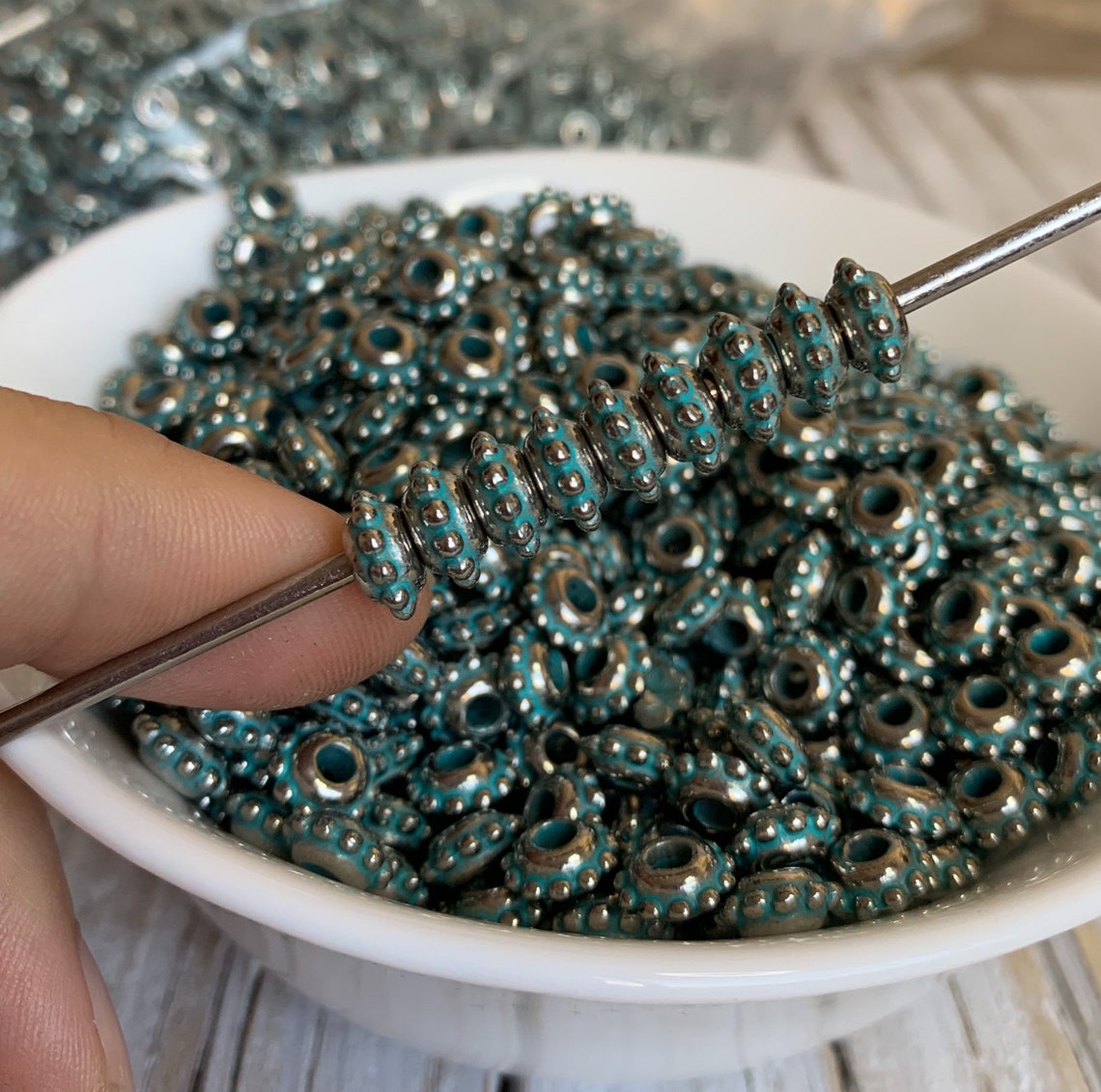

Only about 6 million ounces (170 metric tons) of platinum is produced annually, compared to about 108 million ounces (3,062 metric tons) of gold, and about 860 million ounces (24,381 metric tons) of silver. Platinum is far rarer than either gold and silver, the other two precious metals commonly used to create jewelry. This protects it from environmental damage, allowing platinum jewelry to last indefinitely. Like all precious metals, platinum does not react to oxygen, water, or most acids. This protects platinum jewelry from shattering when struck or dropped, as can happen to more brittle metals such as tungsten.

Being a malleable metal, platinum can bend without breaking. It is therefore a soft metal, though it is still harder than both gold and silver. Platinum has a Mohs hardness rating of 4 to 4.5 (the maximum hardness is 10). For example, a piece of jewelry made from platinum is about 30% heavier than the same piece done in 18 karat gold. Platinum is one of the densest substances on Earth, which makes it heavier than other jewelry metals. This is what gives platinum jewelry its natural brightness and shine. As a lustrous white metal, platinum is good at reflecting light. What Are the Physical Properties of Platinum? Platinum Properties & Price Pure platinum poured bars 1. Platinum Jewelry Alloys & Quality Stamps.


 0 kommentar(er)
0 kommentar(er)
